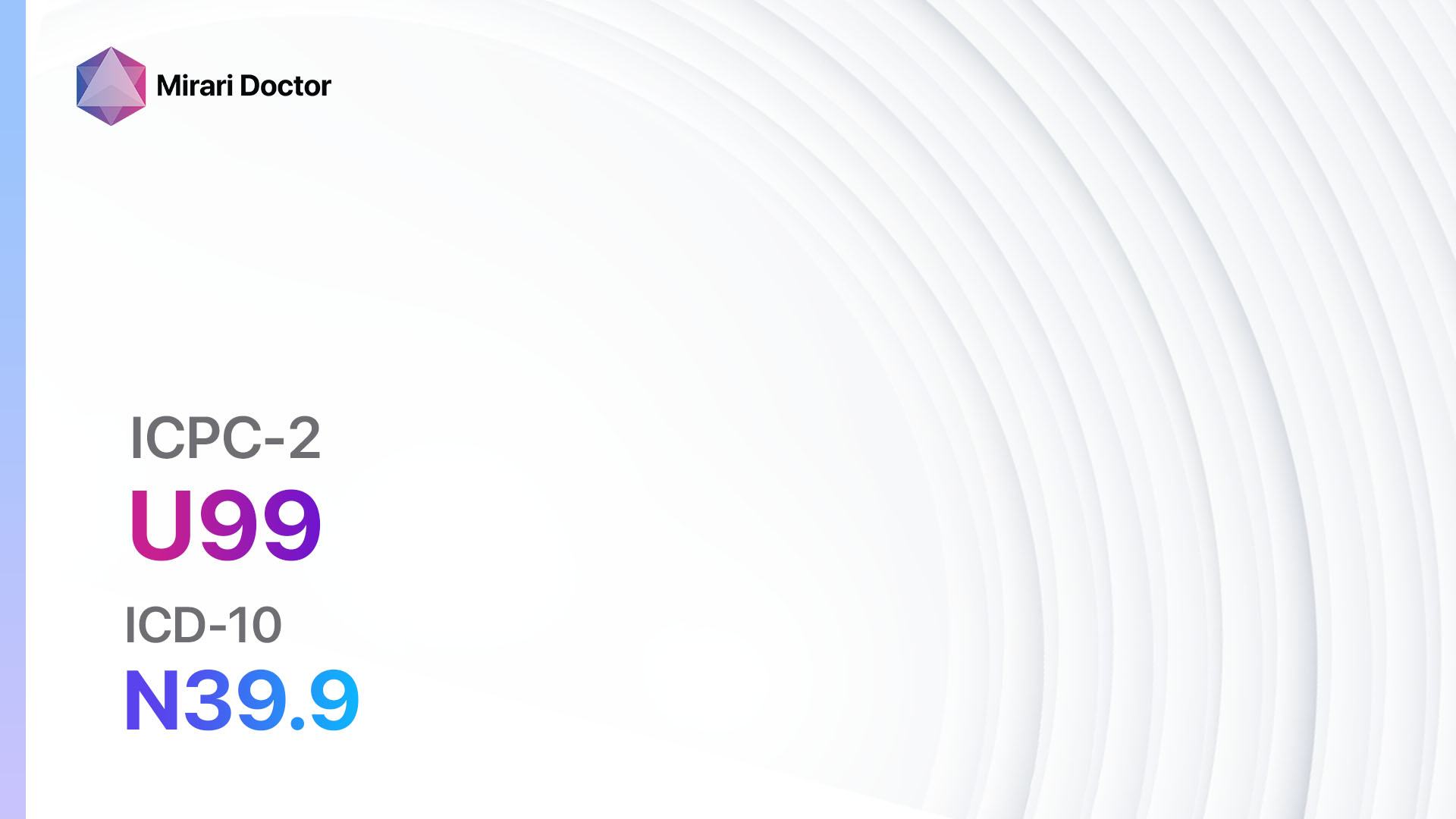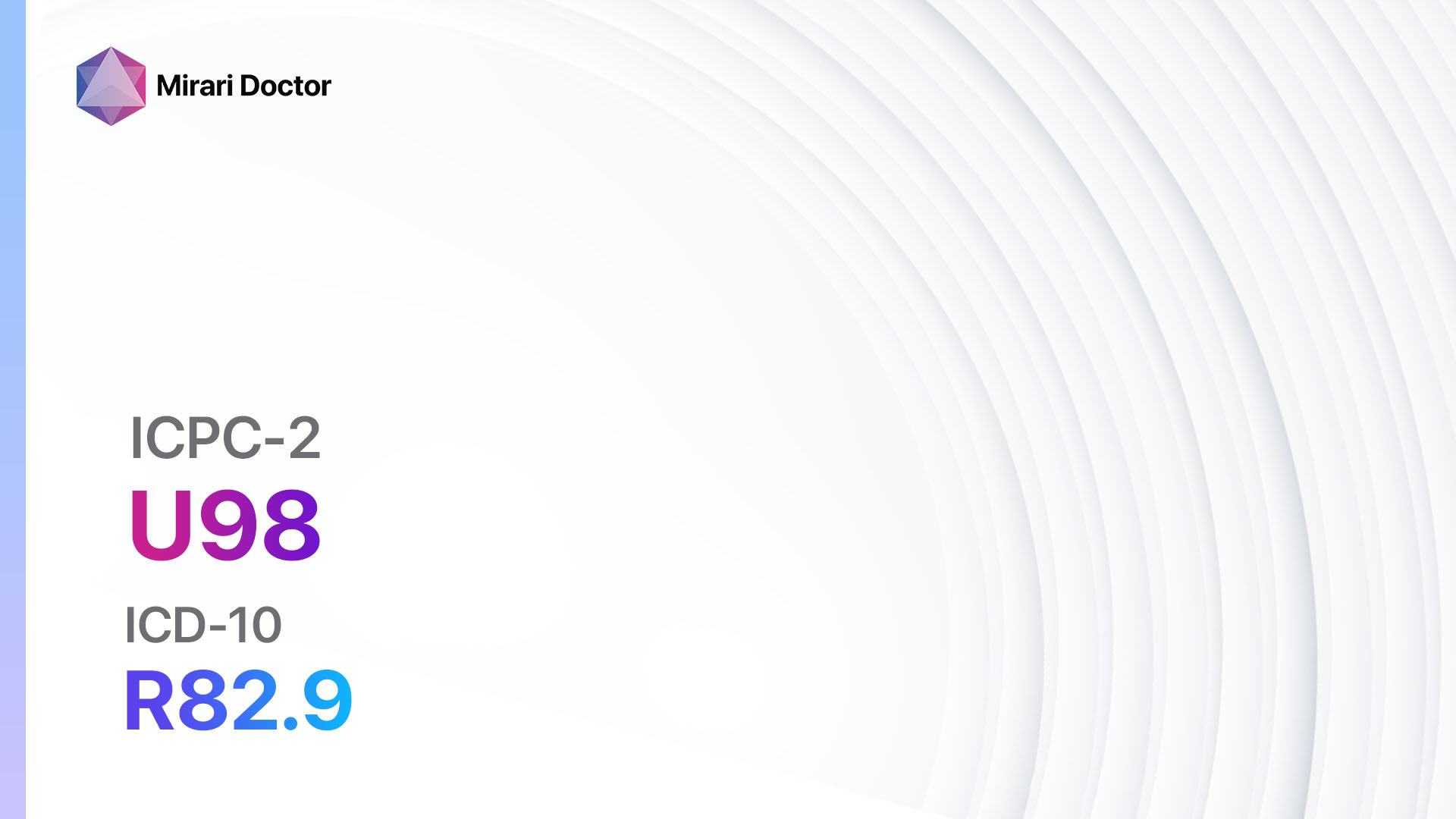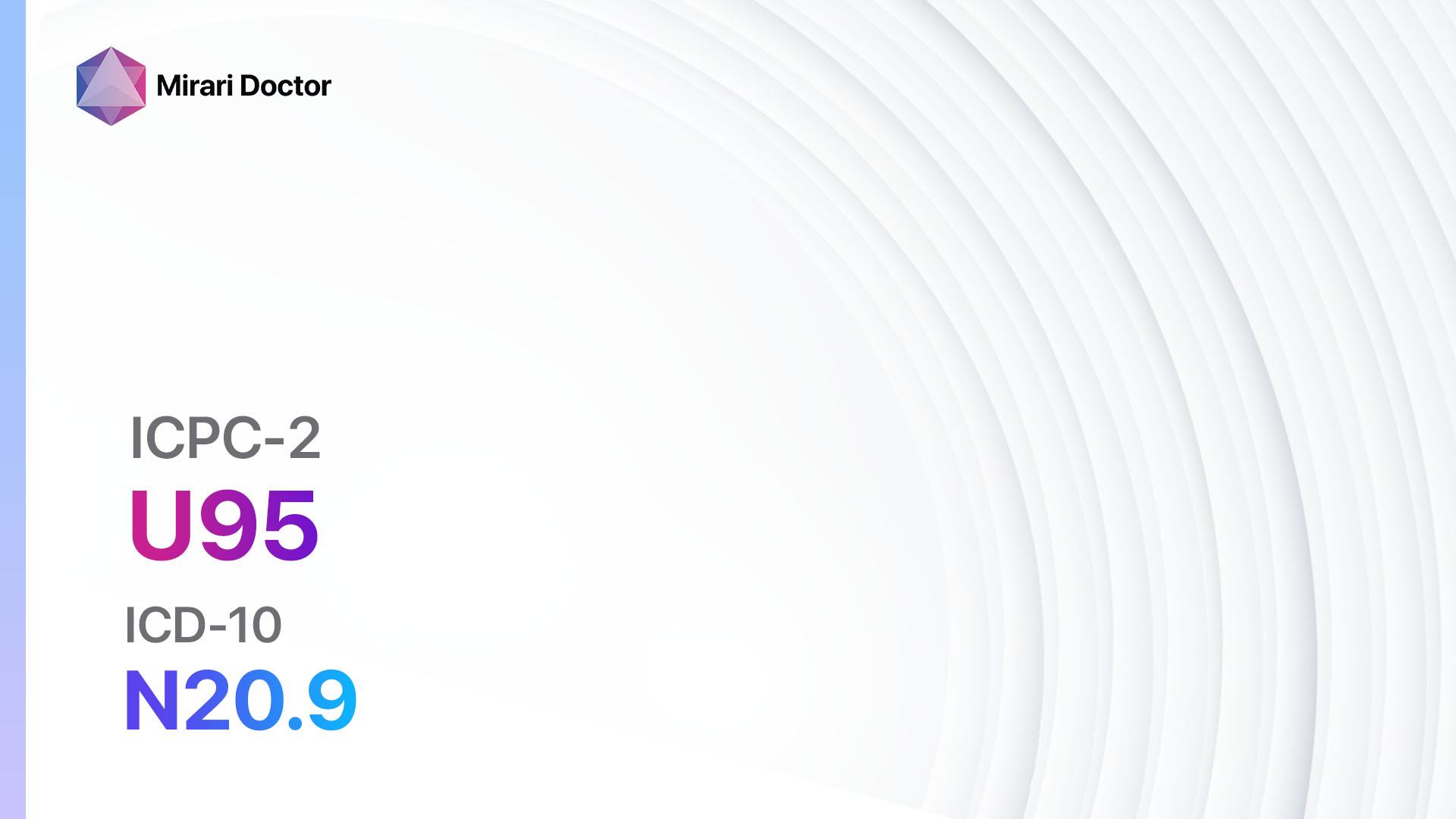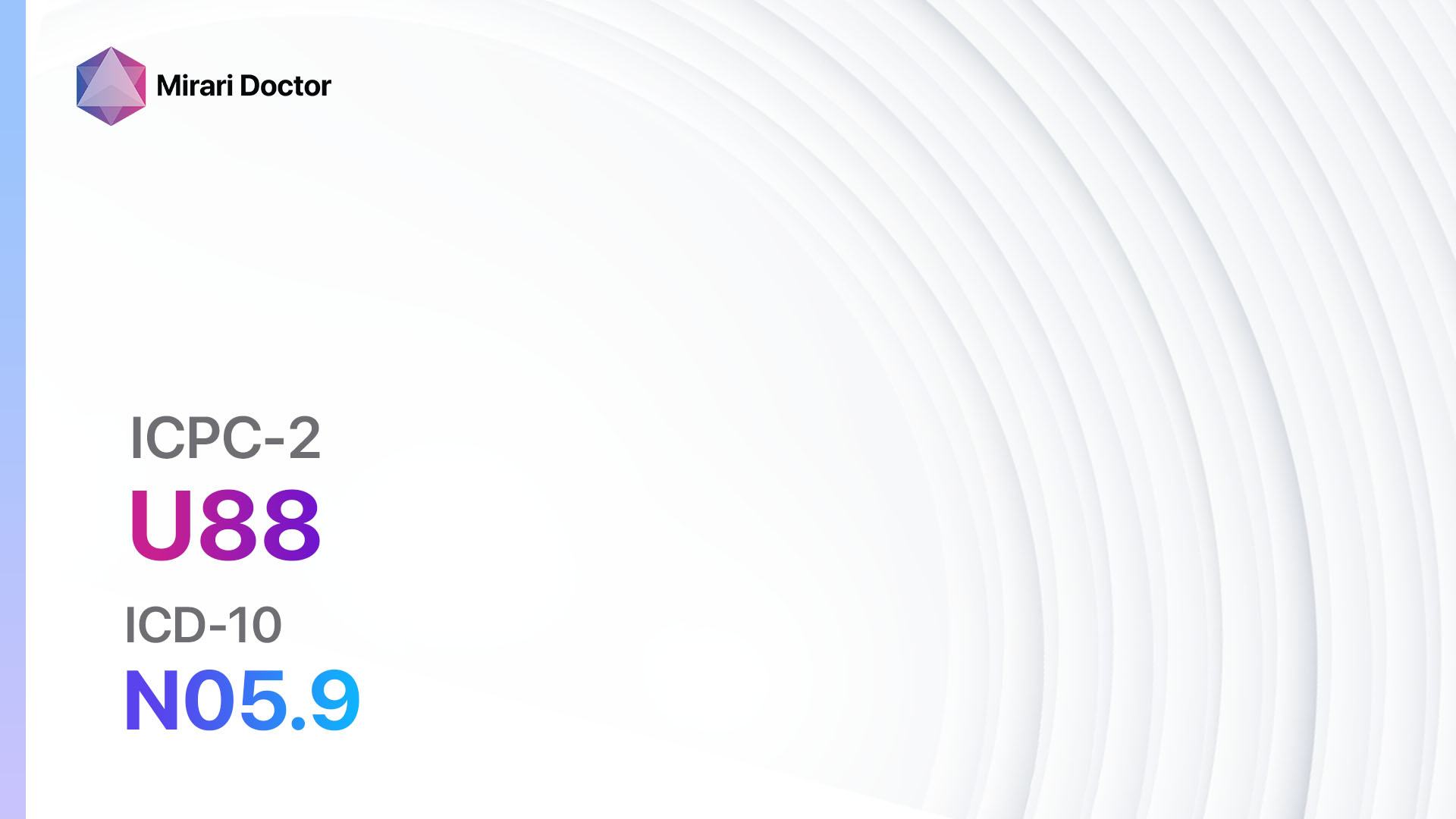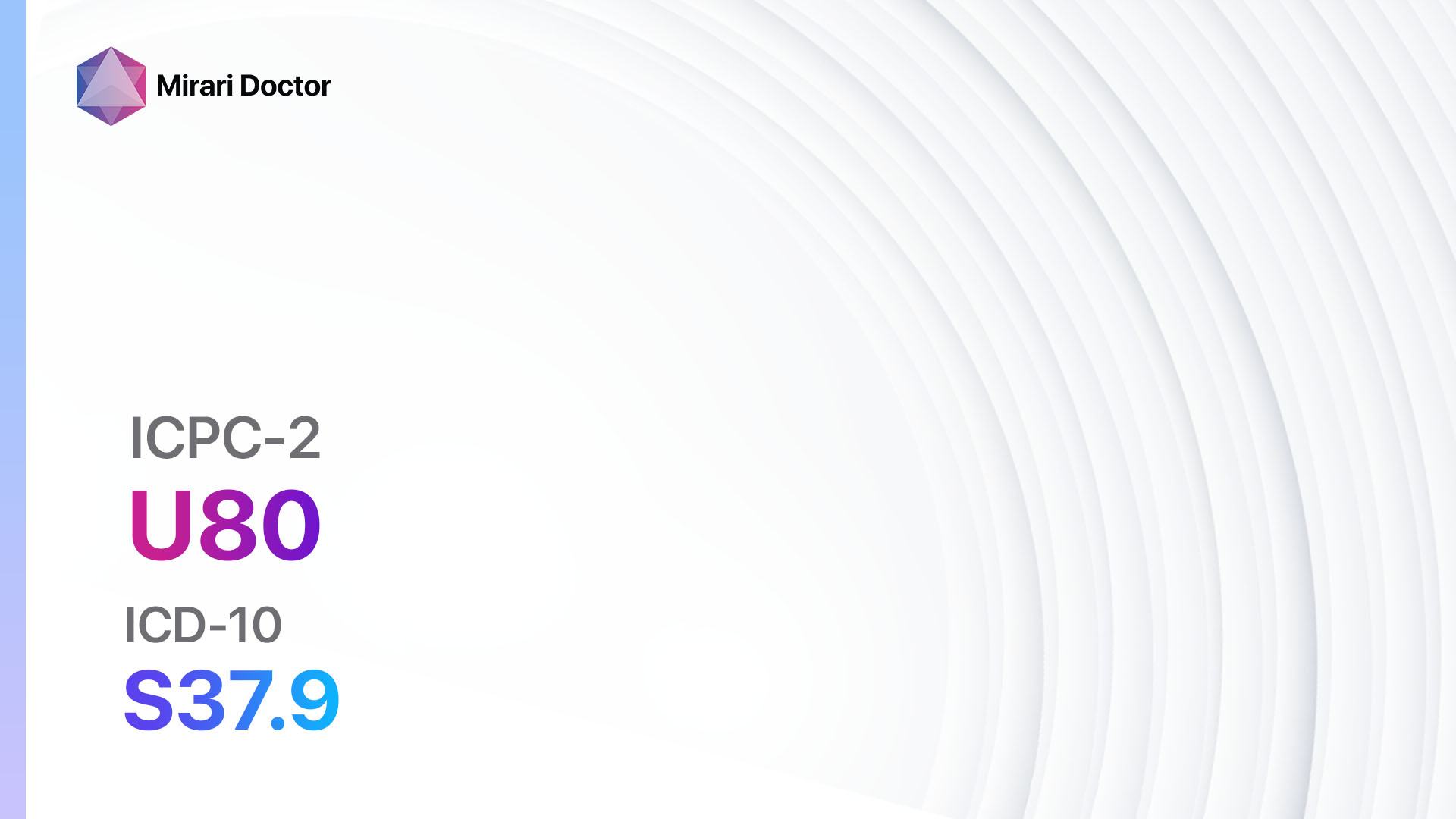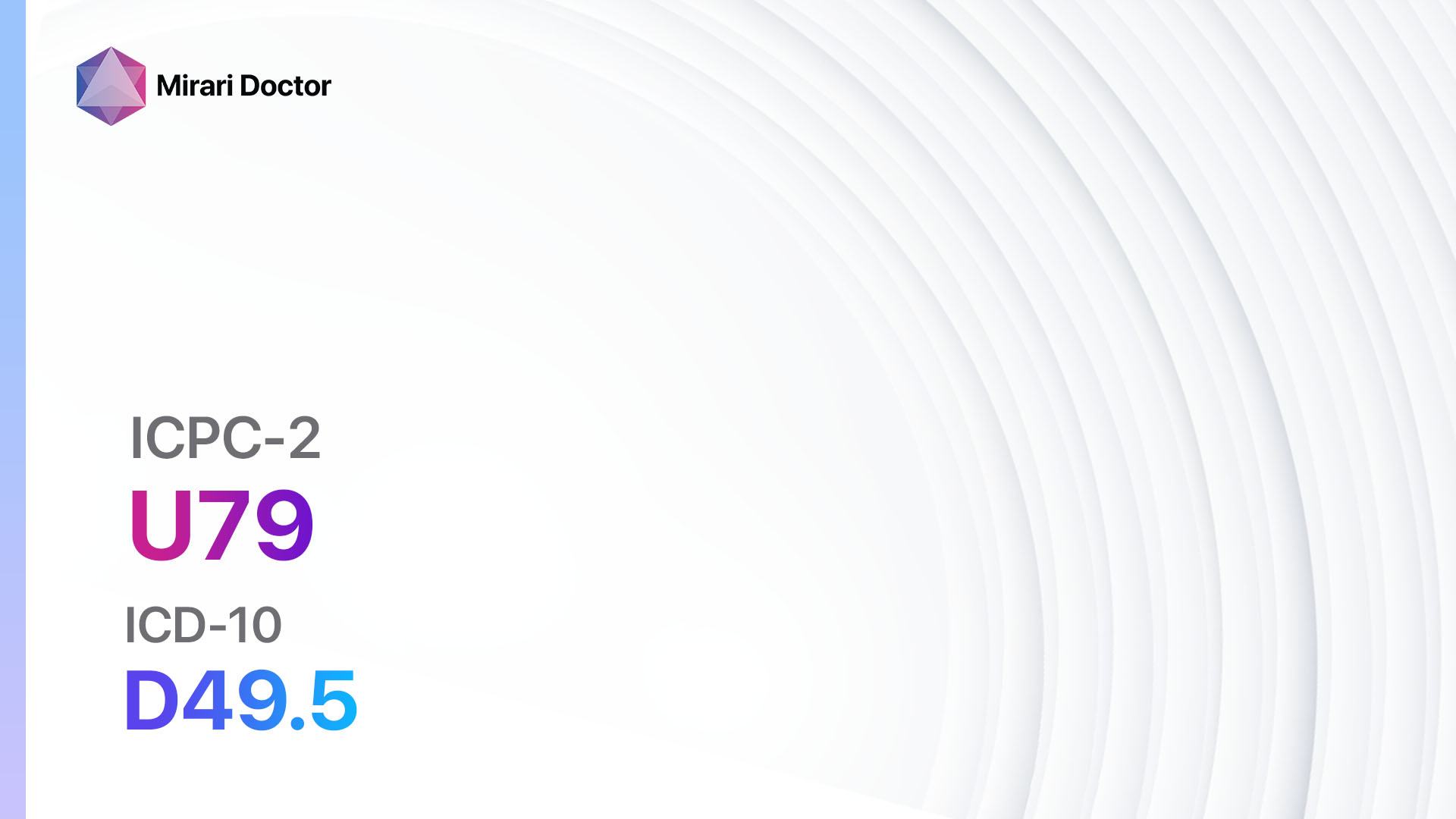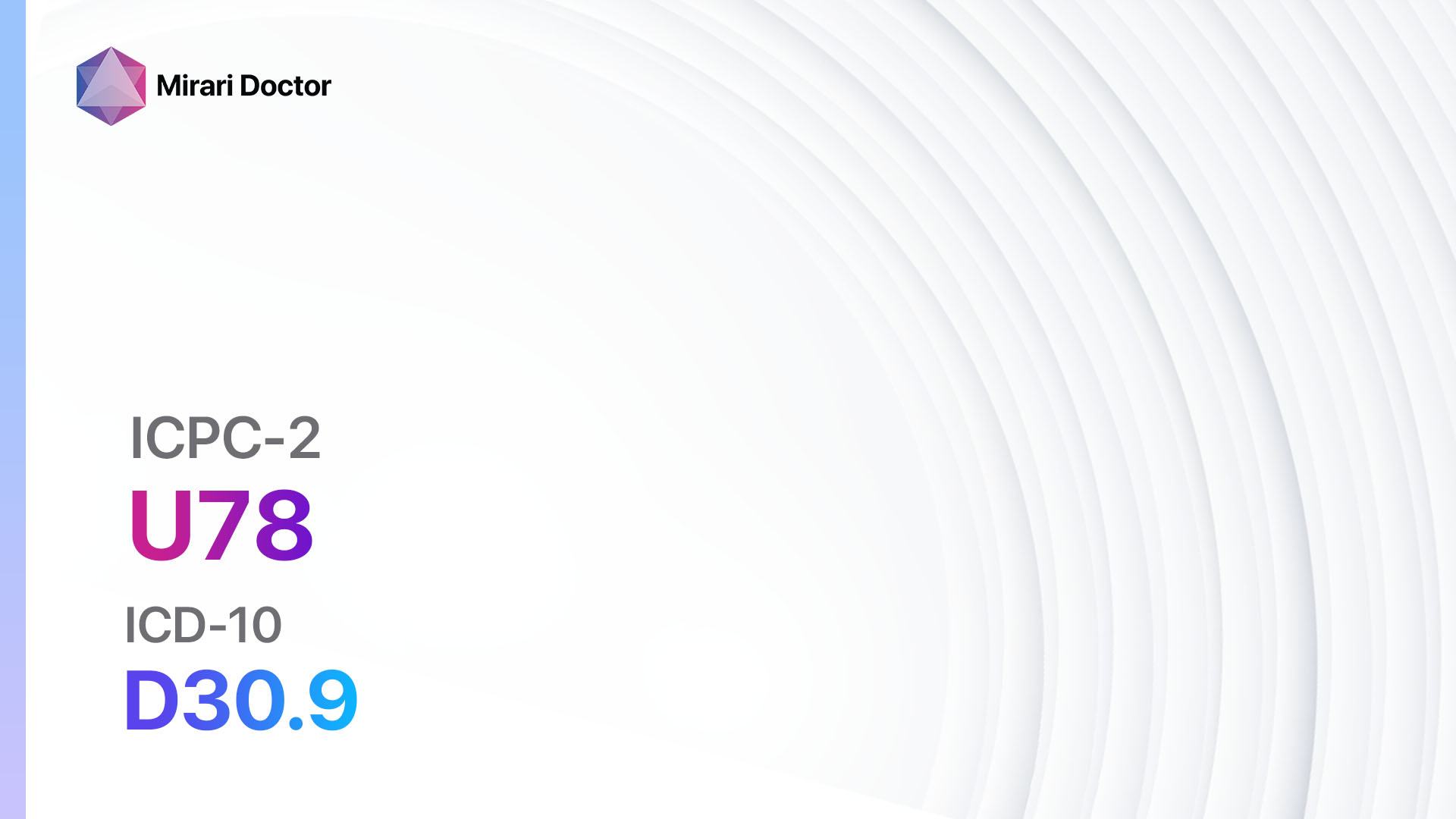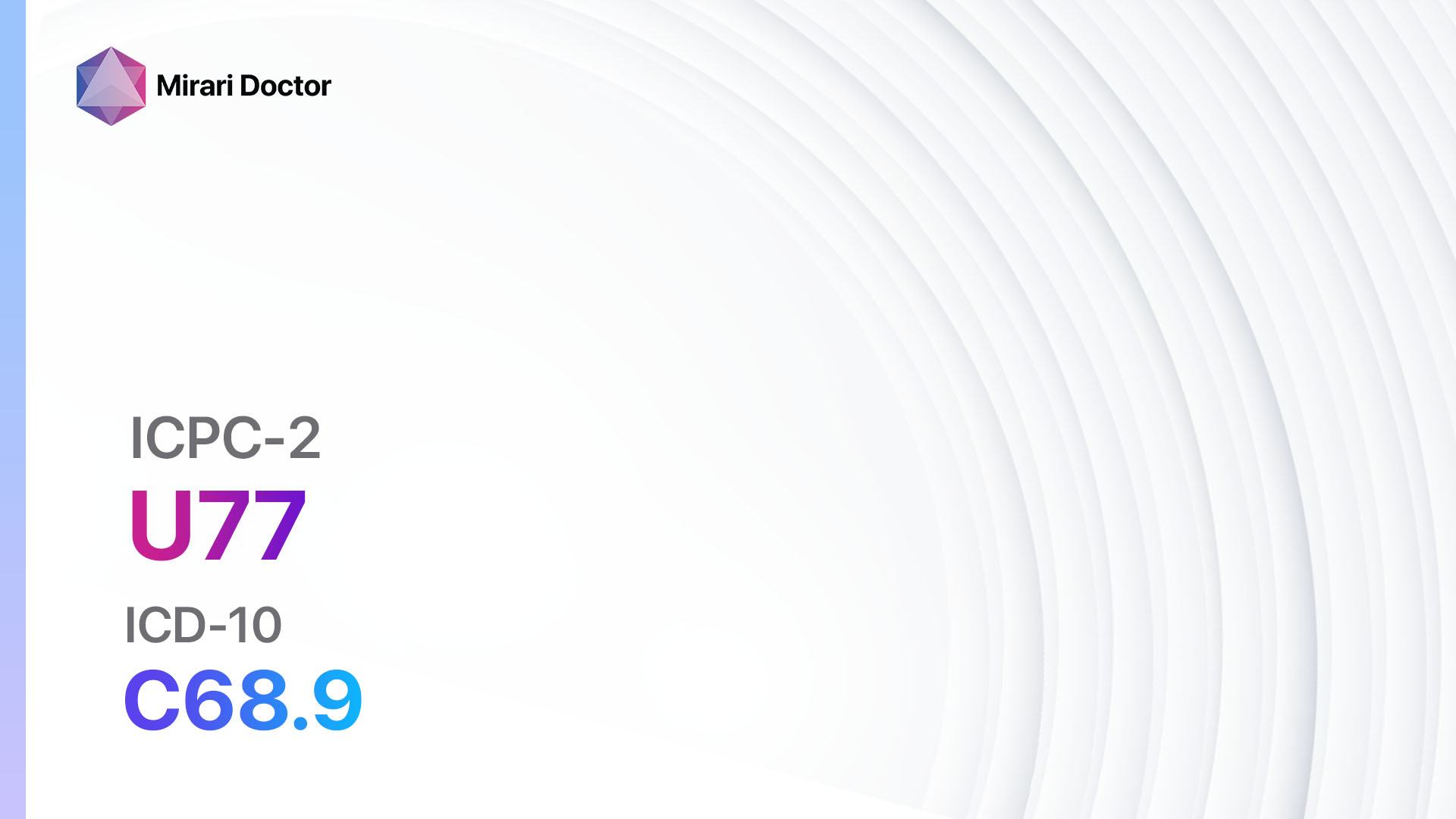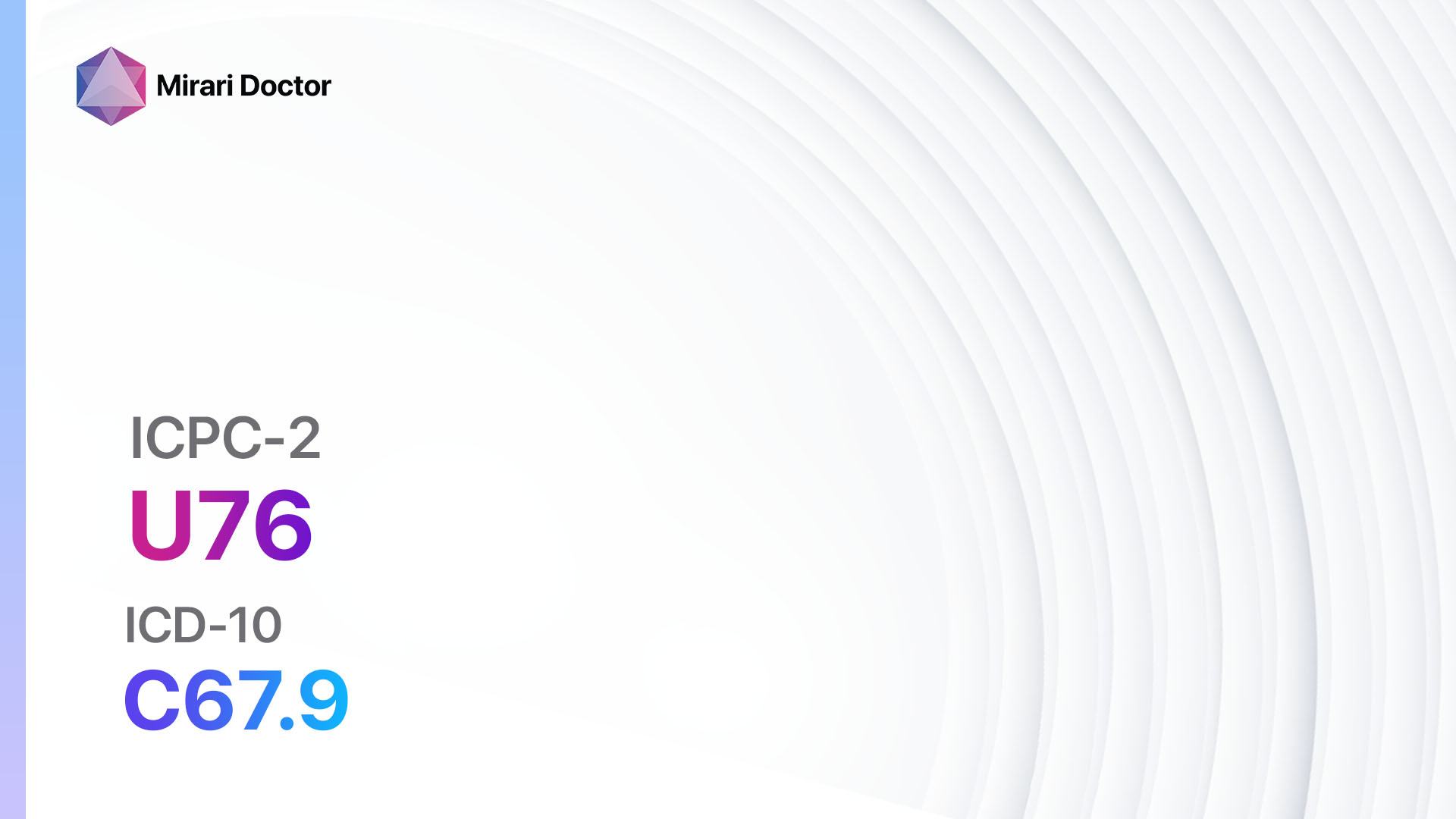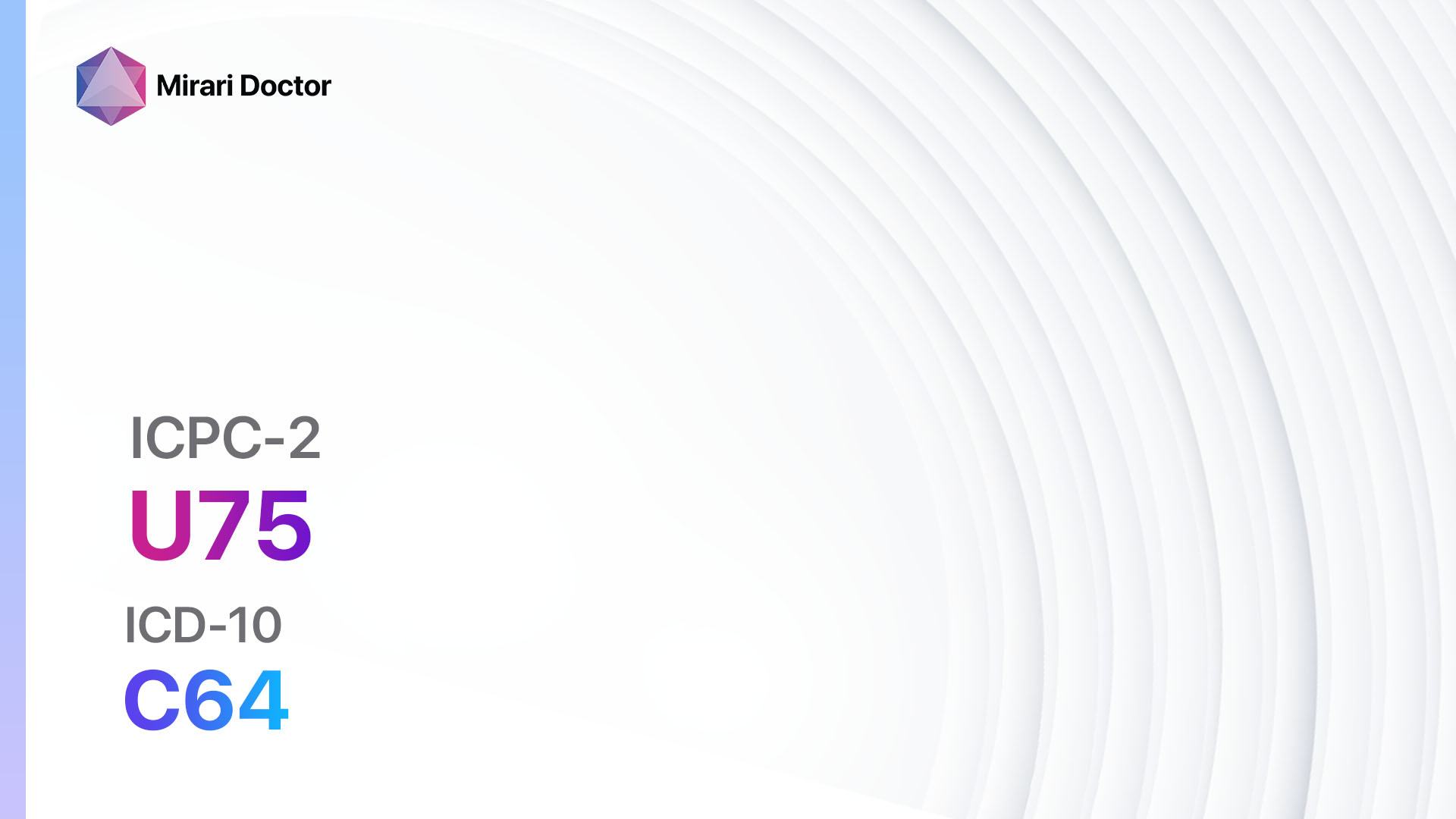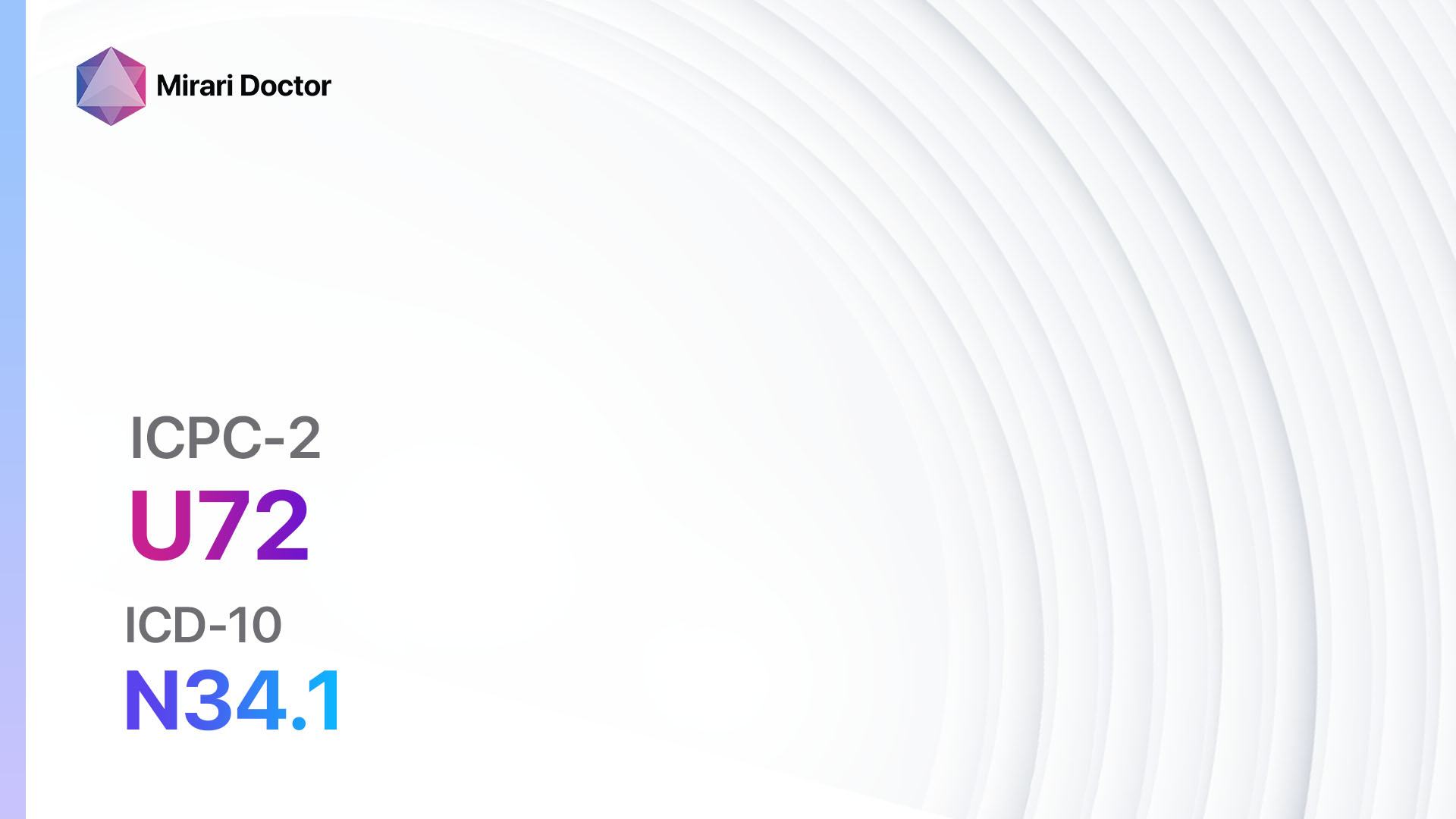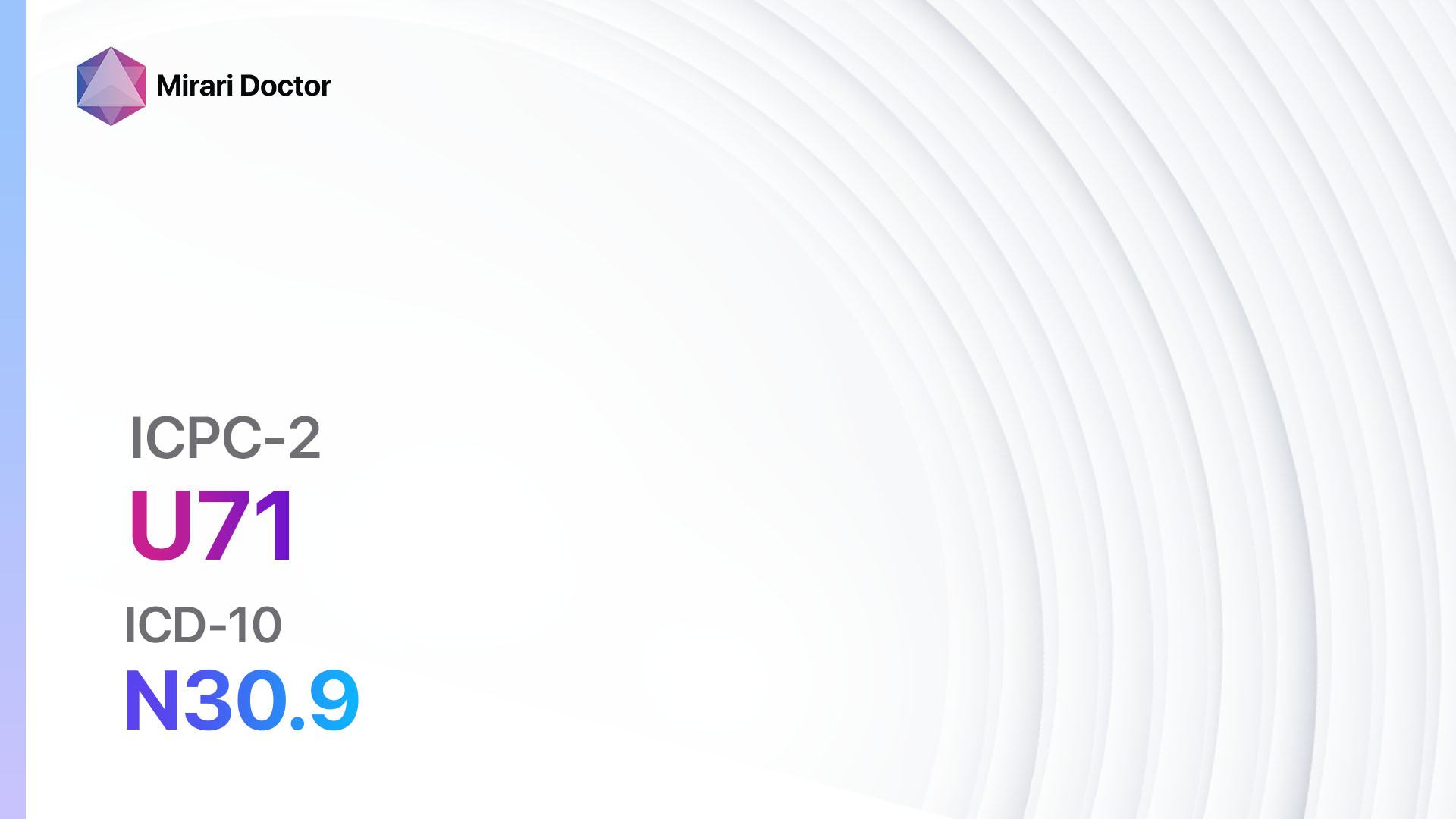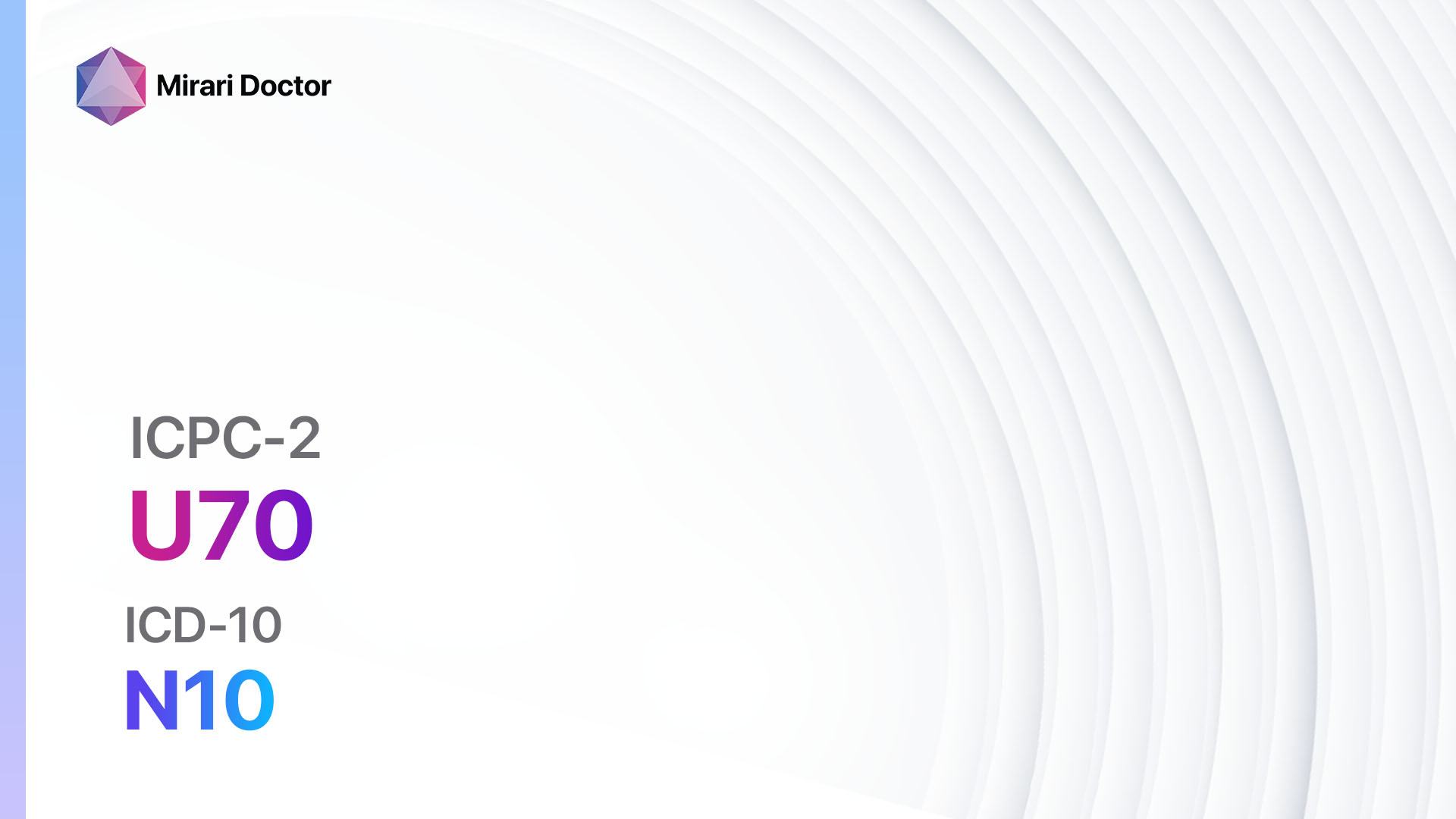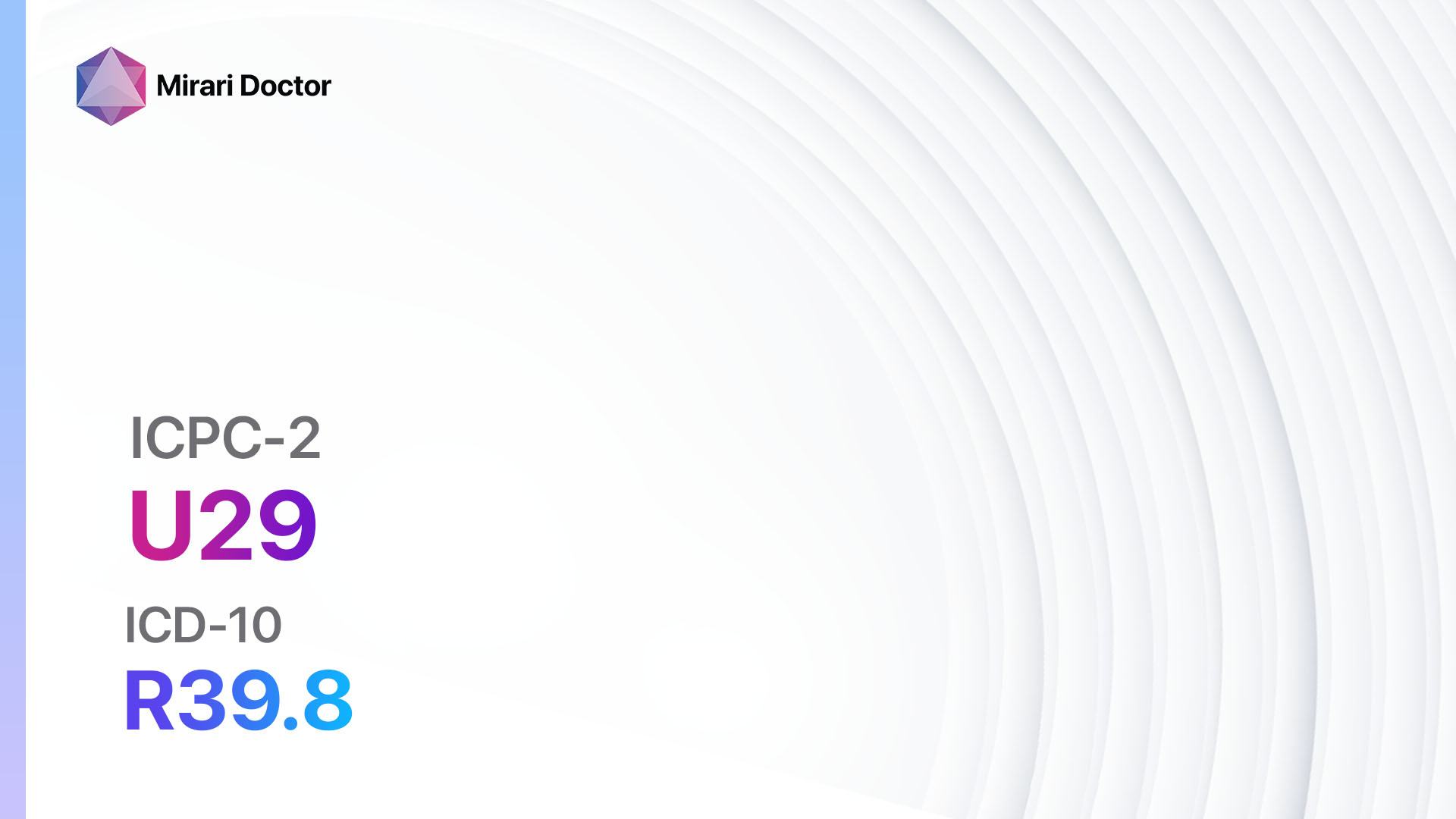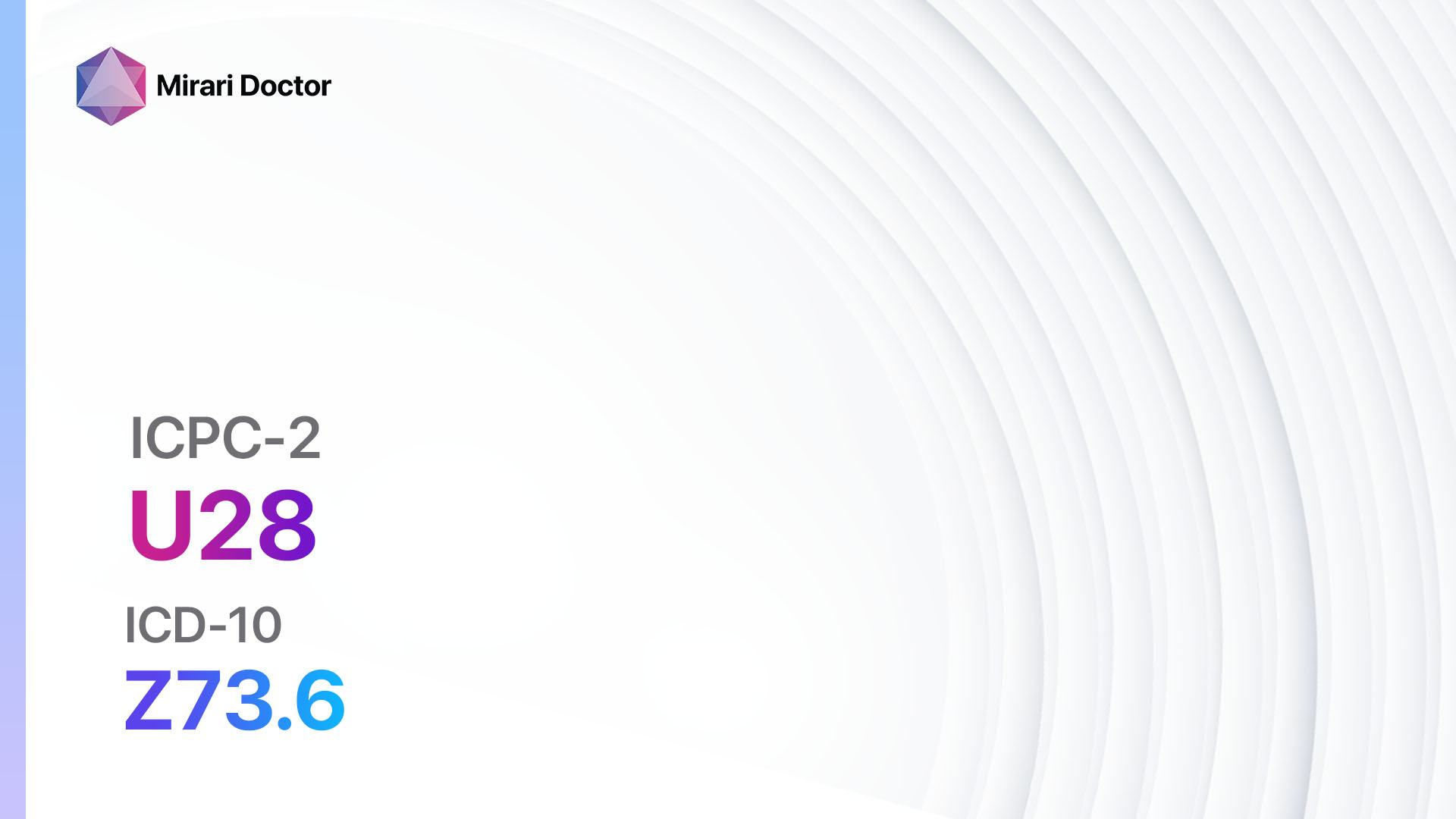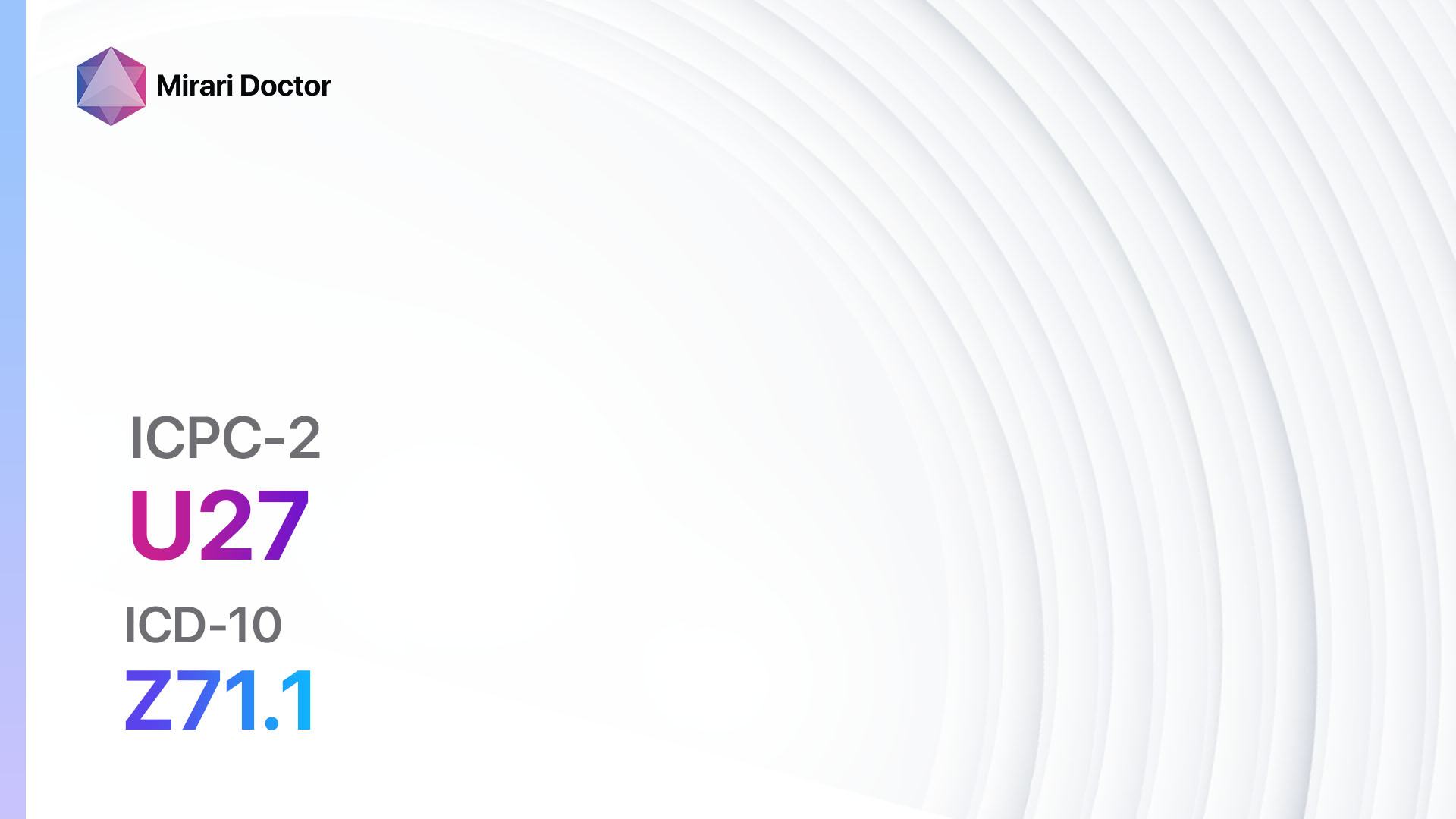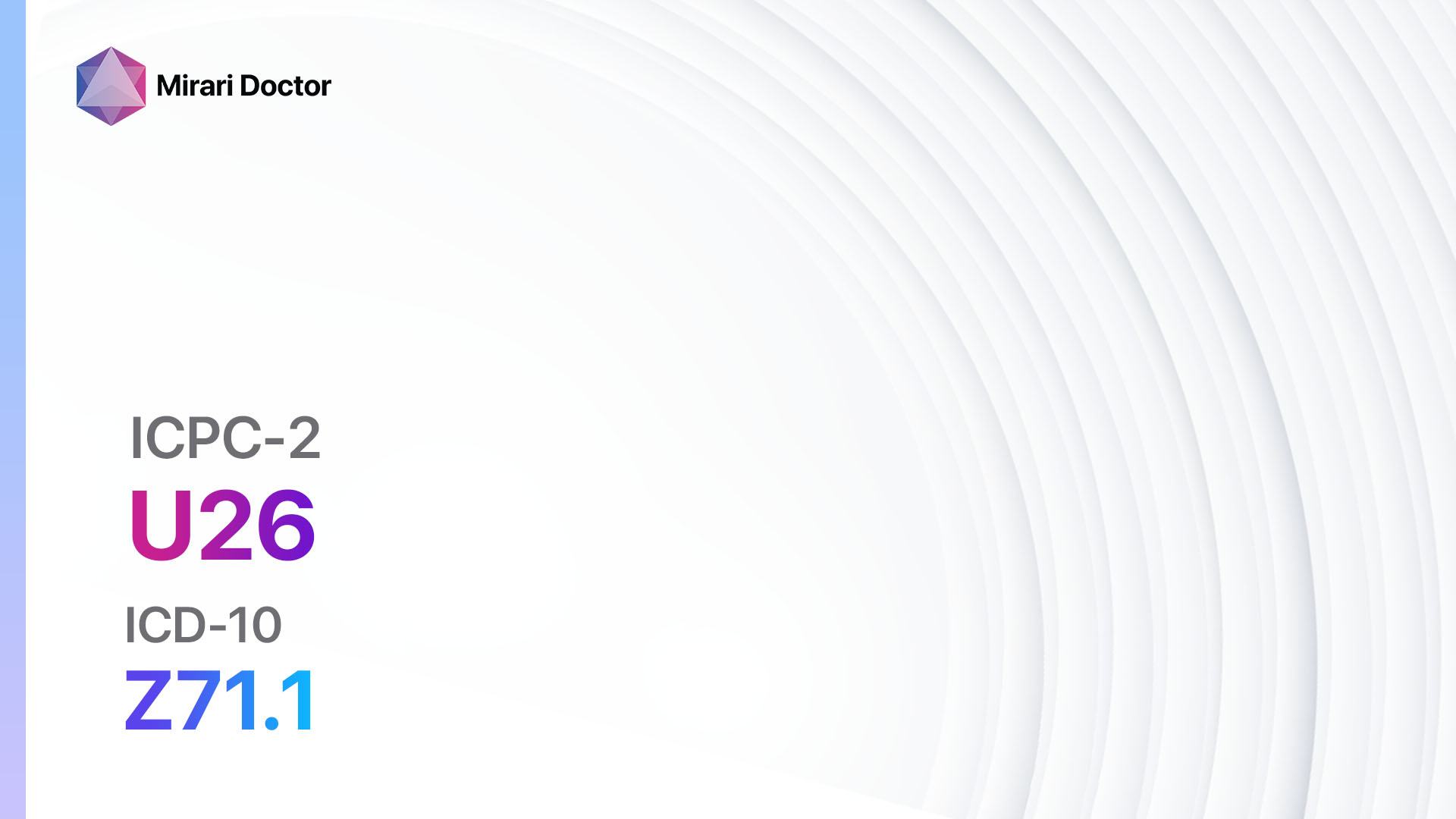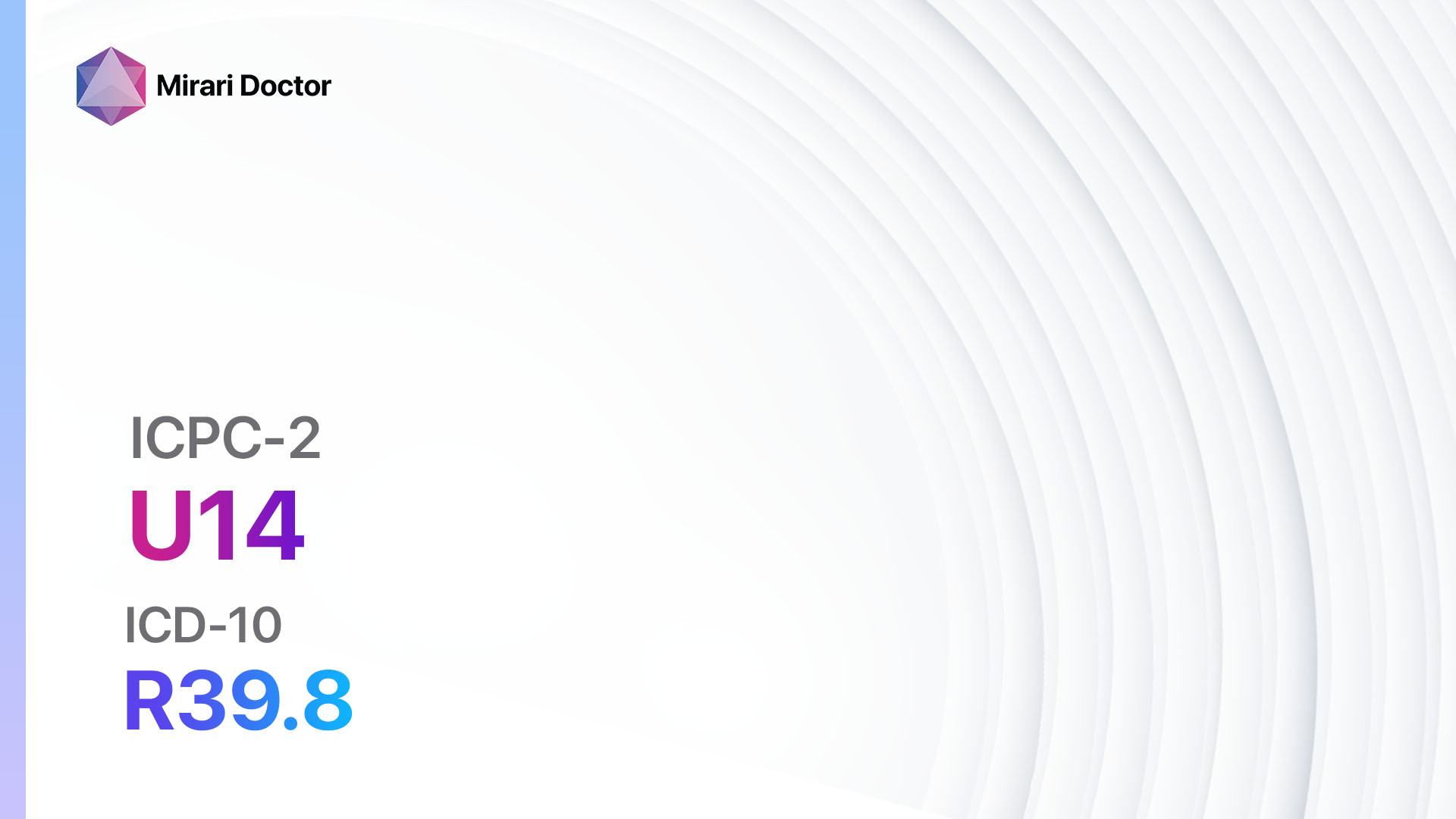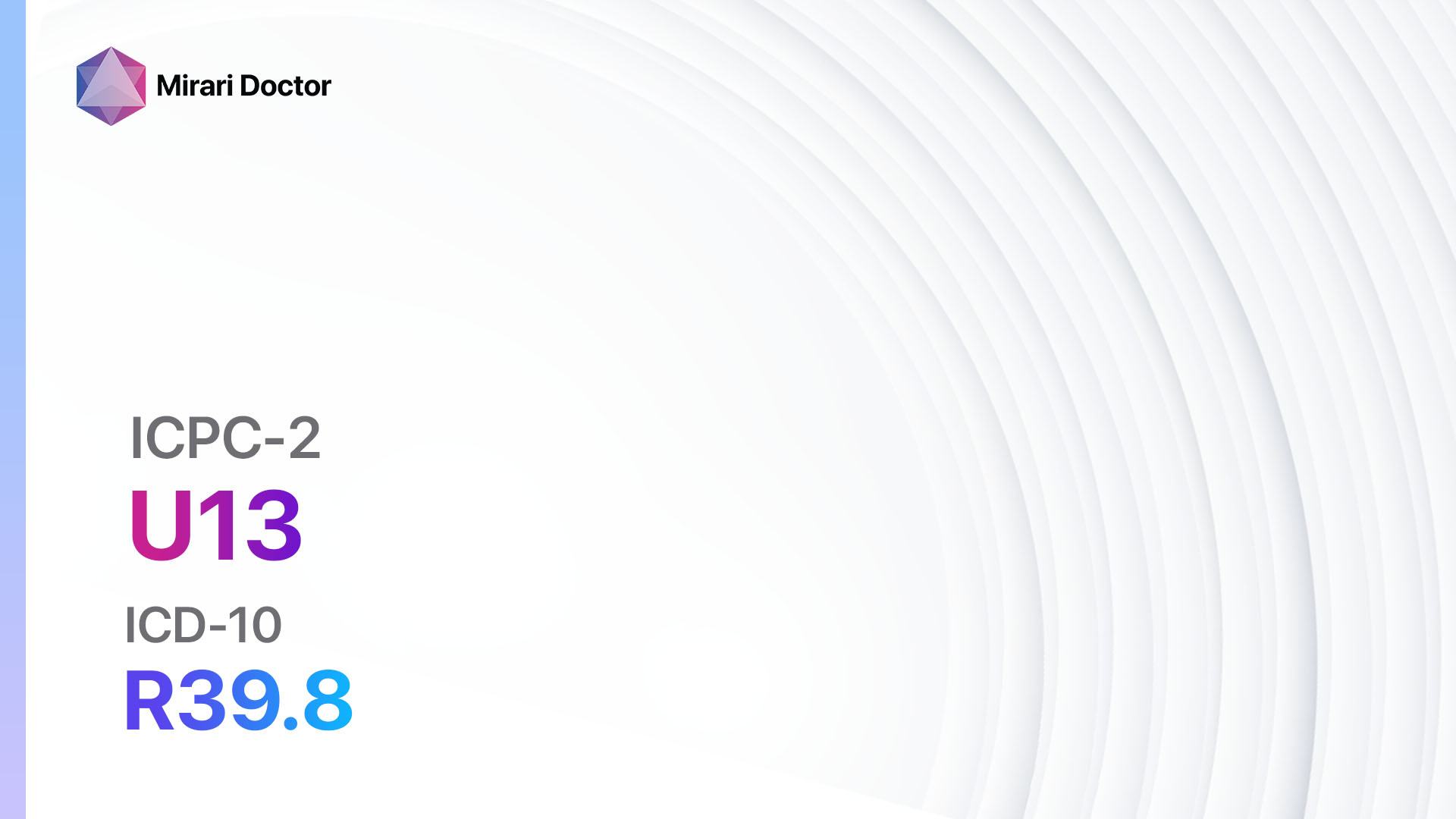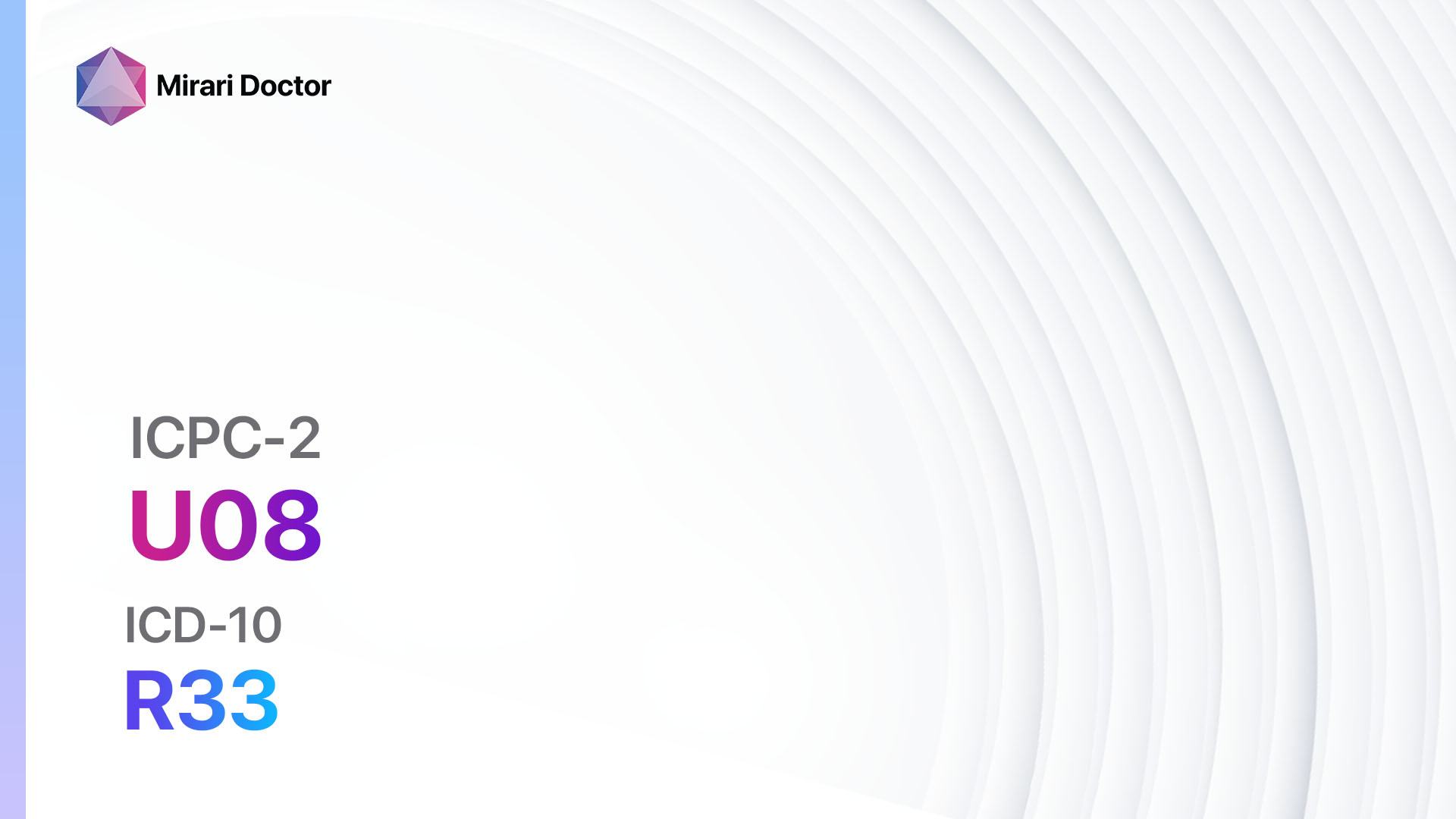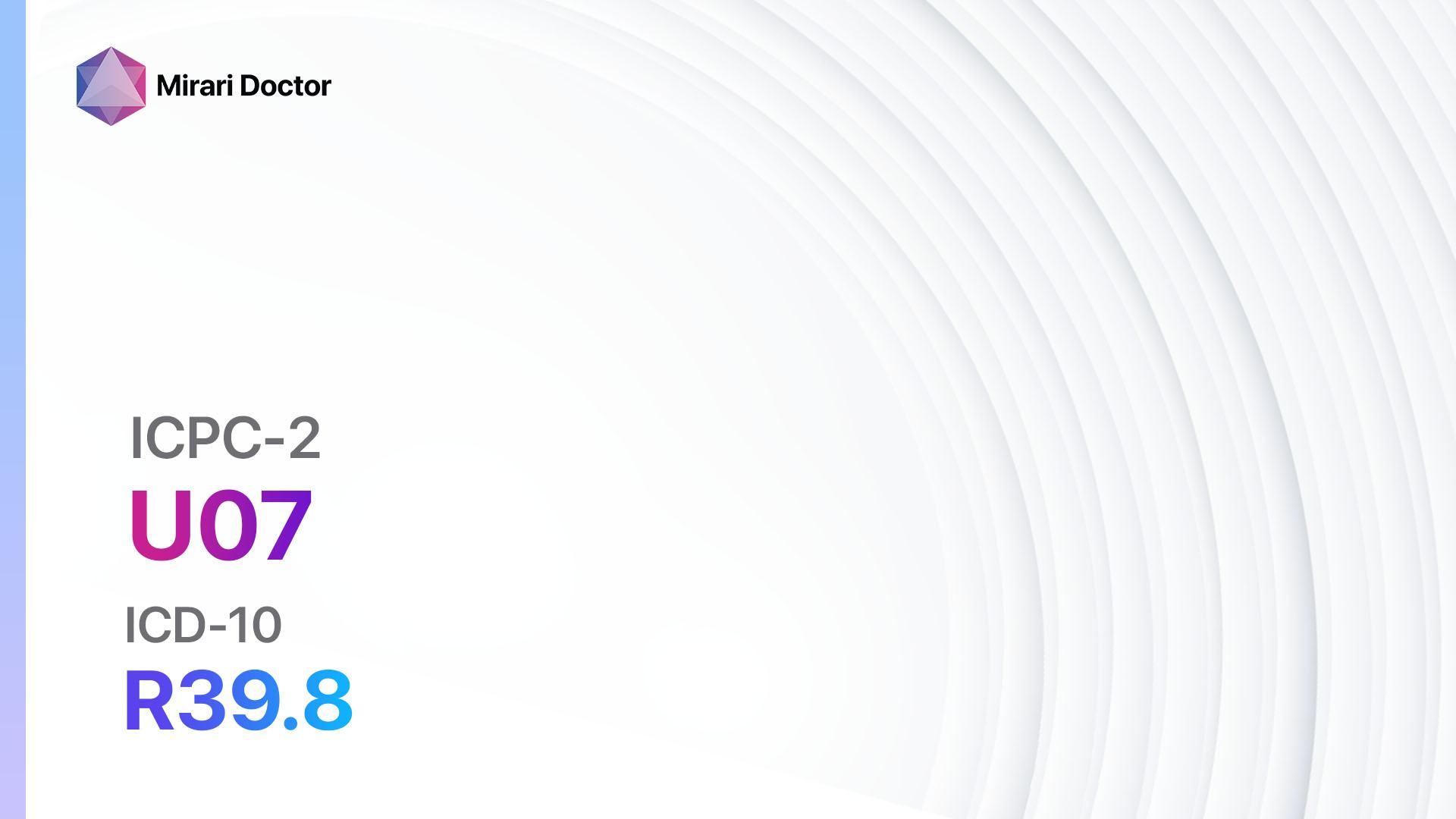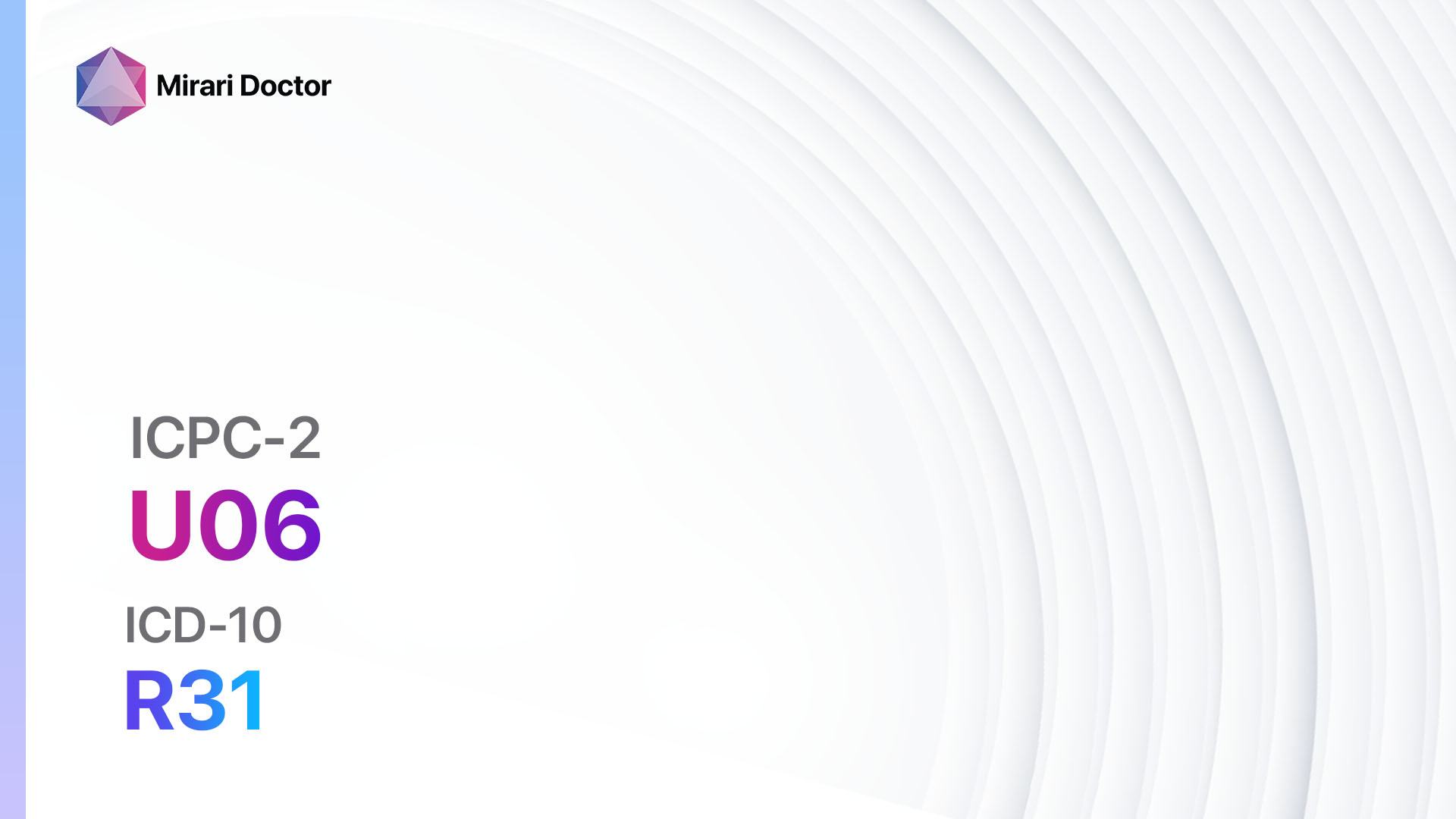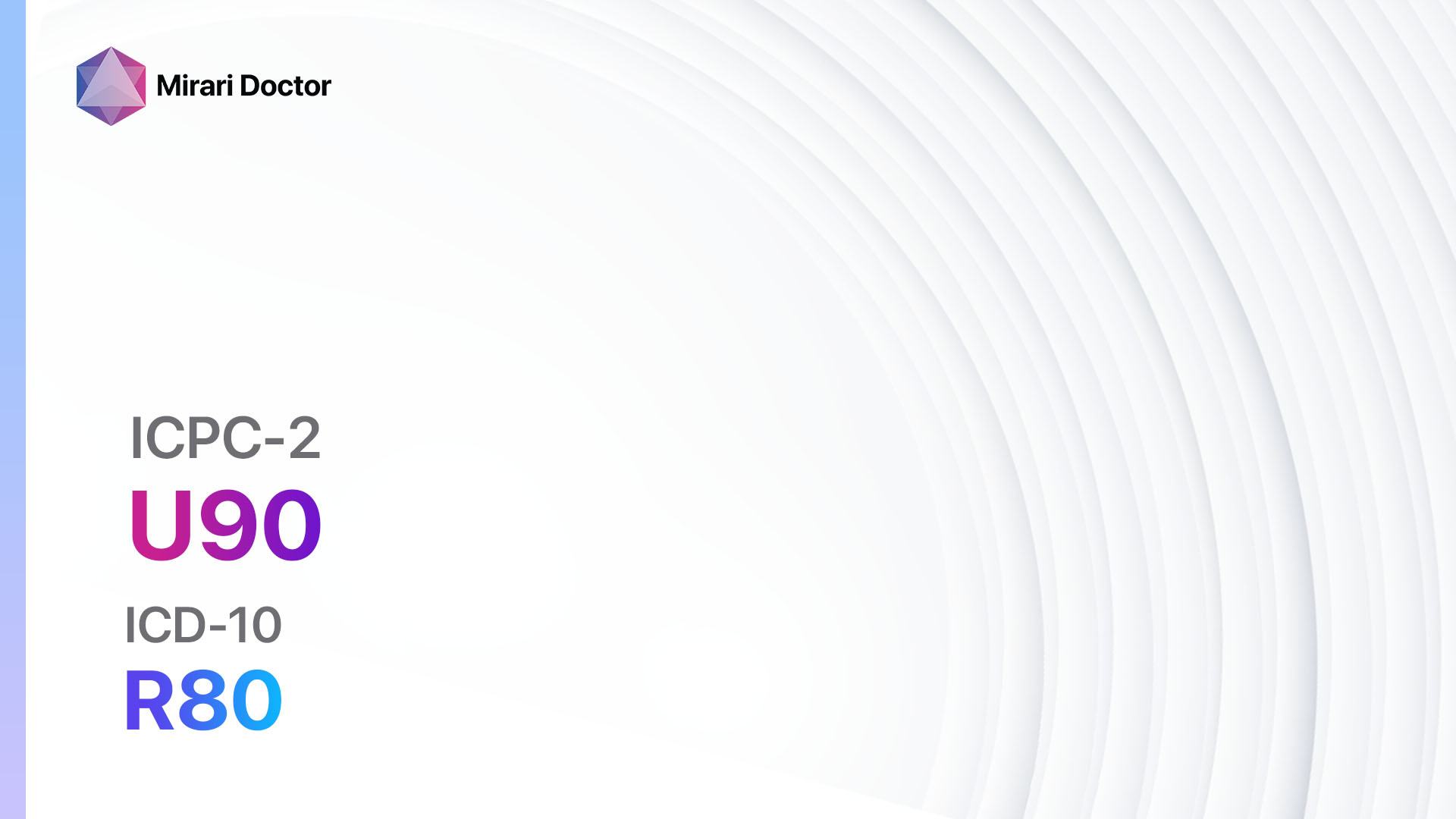
Introduction
Orthostatic albuminuria/proteinuria refers to the presence of albumin or protein in the urine that increases when a person is in an upright position. This condition is significant as it may indicate underlying kidney or cardiovascular disease[1]. The aim of this guide is to provide a comprehensive overview of the diagnostic steps, possible interventions, and lifestyle modifications for orthostatic albuminuria/proteinuria.
Codes
Symptoms
- Increased urinary albumin or protein levels when in an upright position
- No or minimal albumin or protein in the urine when lying down[3]
Causes
- Orthostatic albuminuria/proteinuria can be caused by various factors, including:
- Kidney diseases such as glomerulonephritis or diabetic nephropathy
- Cardiovascular diseases such as heart failure or hypertension
- Dehydration or fluid overload
- Orthostatic hypotension
- Prolonged standing or physical exertion[4]
Diagnostic Steps
Medical History
- Gather relevant patient information, including:
- Risk factors for kidney or cardiovascular diseases (e.g., family history, diabetes, hypertension)
- Medical conditions that may contribute to orthostatic albuminuria/proteinuria
- Symptoms related to kidney or cardiovascular diseases (e.g., edema, shortness of breath)[5]
Physical Examination
- Perform a thorough physical examination, focusing on specific signs or findings indicative of kidney or cardiovascular diseases, such as:
- Edema in the lower extremities
- Elevated blood pressure
- Abnormal heart sounds[6]
Laboratory Tests
- Urinalysis:
- Presence of albumin or protein in the urine
- Quantification of albumin or protein levels
- Blood tests:
- Kidney function tests (e.g., serum creatinine, estimated glomerular filtration rate)
- Complete blood count (CBC) to assess for anemia or infection
- Lipid profile to evaluate cardiovascular risk factors[7]
Diagnostic Imaging
- Renal ultrasound:
- Assess kidney size, shape, and structure
- Identify any abnormalities or obstructions
- Echocardiogram:
- Evaluate heart structure and function
- Assess for signs of heart failure or other cardiac abnormalities[8]
Other Tests
- 24-hour urine collection:
- Quantify the amount of albumin or protein excreted over a 24-hour period
- Orthostatic test:
- Measure urine albumin or protein levels in different body positions (lying down, sitting, standing) to confirm orthostatic changes[9]
Follow-up and Patient Education
- Schedule follow-up appointments to monitor the progression of the condition and assess treatment effectiveness
- Educate the patient about the importance of adhering to treatment plans and lifestyle modifications to manage orthostatic albuminuria/proteinuria effectively[10]
Possible Interventions
Traditional Interventions
Medications:
Top 5 drugs for Orthostatic albumin./proteinuria:
- Angiotensin-converting enzyme (ACE) inhibitors (e.g., Lisinopril, Enalapril):
- Cost: Generic versions can be $10-$50/month.
- Contraindications: History of angioedema with ACE inhibitors, bilateral renal artery stenosis.
- Side effects: Dry cough, dizziness, hypotension.
- Severe side effects: Angioedema, hyperkalemia.
- Drug interactions: Potassium supplements, nonsteroidal anti-inflammatory drugs (NSAIDs).
- Warning: Monitoring of renal function and potassium levels is required.
- Angiotensin II receptor blockers (ARBs) (e.g., Losartan, Valsartan):
- Cost: Generic versions can be $10-$50/month.
- Contraindications: Pregnancy, bilateral renal artery stenosis.
- Side effects: Dizziness, hypotension, hyperkalemia.
- Severe side effects: Angioedema, renal failure.
- Drug interactions: Potassium supplements, NSAIDs.
- Warning: Monitoring of renal function and potassium levels is required.
- Diuretics (e.g., Hydrochlorothiazide, Furosemide):
- Cost: Generic versions can be $3-$20/month.
- Contraindications: Anuria, severe electrolyte imbalance.
- Side effects: Frequent urination, electrolyte abnormalities.
- Severe side effects: Dehydration, hypotension, renal failure.
- Drug interactions: Nonsteroidal anti-inflammatory drugs (NSAIDs), lithium.
- Warning: Monitoring of electrolyte levels and renal function is required.
- Statins (e.g., Atorvastatin, Simvastatin, Rosuvastatin):
- Cost: Generic versions can be $3-$50/month.
- Contraindications: Active liver disease, hypersensitivity.
- Side effects: Muscle pain, diarrhea, upset stomach.
- Severe side effects: Rhabdomyolysis, liver damage.
- Drug interactions: Grapefruit juice, other cholesterol-lowering agents.
- Warning: Regular liver function tests required.
- Beta-blockers (e.g., Metoprolol, Atenolol):
- Cost: Generic versions are typically <$30/month.
- Contraindications: Severe bradycardia, heart block, uncontrolled heart failure.
- Side effects: Fatigue, dizziness, bradycardia.
- Severe side effects: Bronchospasm, heart block.
- Drug interactions: Calcium channel blockers, insulin.
- Warning: Should not be abruptly stopped.
Alternative Drugs:
- Calcium channel blockers (e.g., Amlodipine, Nifedipine): Can be used as an alternative to ACE inhibitors or ARBs.
- Alpha-blockers (e.g., Doxazosin, Prazosin): May be considered in patients with concomitant hypertension.
- Nonsteroidal anti-inflammatory drugs (NSAIDs) (e.g., Ibuprofen, Naproxen): Can be used for symptomatic relief but should be used with caution due to potential renal side effects.
Surgical Procedures:
- No specific surgical procedures are indicated for orthostatic albuminuria/proteinuria.
Alternative Interventions
- Acupuncture: May help improve blood flow and reduce symptoms. Cost: $60-$120 per session.
- Chelation therapy: Controversial treatment involving the administration of chelating agents to remove heavy metals from the body. Cost: $75-$150 per session.
- Hyperbaric oxygen therapy: Involves breathing pure oxygen in a pressurized chamber to increase oxygen delivery to tissues. Cost: $200-$300 per session.
- Herbal supplements: Some herbs, such as cranberry extract or green tea, may have potential benefits for kidney health. Cost: Varies depending on the specific supplement.
Lifestyle Interventions
- Dietary modifications:
- Reduce sodium intake to manage fluid balance and blood pressure.
- Increase consumption of fruits, vegetables, and whole grains for their antioxidant and anti-inflammatory properties.
- Limit alcohol and caffeine intake, as they can increase urine production and exacerbate symptoms.
- Regular exercise:
- Engage in moderate-intensity aerobic exercise for at least 150 minutes per week to improve cardiovascular health.
- Include resistance training to maintain muscle strength and overall fitness.
- Stress management:
- Practice relaxation techniques, such as deep breathing exercises or meditation, to reduce stress levels.
- Smoking cessation:
- Quit smoking to improve overall cardiovascular health and reduce the risk of kidney and heart diseases.
- Adequate hydration:
- Drink sufficient water to maintain proper hydration and promote kidney function.
It is important to note that the cost ranges provided are approximate and may vary depending on the location and availability of the interventions.
Mirari Cold Plasma Alternative Intervention
Understanding Mirari Cold Plasma
- Safe and Non-Invasive Treatment: Mirari Cold Plasma is a safe and non-invasive treatment option for various skin conditions. It does not require incisions, minimizing the risk of scarring, bleeding, or tissue damage.
- Efficient Extraction of Foreign Bodies: Mirari Cold Plasma facilitates the removal of foreign bodies from the skin by degrading and dissociating organic matter, allowing easier access and extraction.
- Pain Reduction and Comfort: Mirari Cold Plasma has a local analgesic effect, providing pain relief during the treatment, making it more comfortable for the patient.
- Reduced Risk of Infection: Mirari Cold Plasma has antimicrobial properties, effectively killing bacteria and reducing the risk of infection.
- Accelerated Healing and Minimal Scarring: Mirari Cold Plasma stimulates wound healing and tissue regeneration, reducing healing time and minimizing the formation of scars.
Mirari Cold Plasma Prescription
Video instructions for using Mirari Cold Plasma Device – U90 Orthostatic albuminuria/proteinuria (ICD-10:R80)
| Mild | Moderate | Severe |
| Mode setting: 4 (Diabetes Therapy) Location: 4 (Heart, Bile & Pancreas) Morning: 15 minutes, Evening: 15 minutes |
Mode setting: 4 (Diabetes Therapy) Location: 4 (Heart, Bile & Pancreas) Morning: 30 minutes, Lunch: 30 minutes, Evening: 30 minutes |
Mode setting: 4 (Diabetes Therapy) Location: 4 (Heart, Bile & Pancreas) Morning: 30 minutes, Lunch: 30 minutes, Evening: 30 minutes |
| Mode setting: 6 (Liver/Kidney Therapy) Location: 2 (Prostate & Uterus) Morning: 15 minutes, Evening: 15 minutes |
Mode setting: 6 (Liver/Kidney Therapy) Location: 2 (Prostate & Uterus) Morning: 30 minutes, Lunch: 30 minutes, Evening: 30 minutes |
Mode setting: 6 (Liver/Kidney Therapy) Location: 2 (Prostate & Uterus) Morning: 30 minutes, Lunch: 30 minutes, Evening: 30 minutes |
| Mode setting: 6 (Liver/Kidney Therapy) Location: 3 (Kidney, Liver & Spleen) Morning: 15 minutes, Evening: 15 minutes |
Mode setting: 6 (Liver/Kidney Therapy) Location: 3 (Kidney, Liver & Spleen) Morning: 30 minutes, Lunch: 30 minutes, Evening: 30 minutes |
Mode setting: 6 (Liver/Kidney Therapy) Location: 3 (Kidney, Liver & Spleen) Morning: 30 minutes, Lunch: 30 minutes, Evening: 30 minutes |
| Mode setting: 7 (Immunotherapy) Location: 1 (Sacrum) Morning: 15 minutes, Evening: 15 minutes |
Mode setting: 7 (Immunotherapy) Location: 1 (Sacrum) Morning: 30 minutes, Lunch: 30 minutes, Evening: 30 minutes |
Mode setting: 7 (Immunotherapy) Location: 1 (Sacrum) Morning: 30 minutes, Lunch: 30 minutes, Evening: 30 minutes |
| Total Morning: 60 minutes approx. $10 USD, Evening: 60 minutes approx. $10 USD |
Total Morning: 120 minutes approx. $20 USD, Lunch: 120 minutes approx. $20 USD, Evening: 120 minutes approx. $20 USD, |
Total Morning: 120 minutes approx. $20 USD, Lunch: 120 minutes approx. $20 USD, Evening: 120 minutes approx. $20 USD, |
| Usual treatment for 7-60 days approx. $140 USD – $1200 USD | Usual treatment for 6-8 weeks approx. $2,520 USD – $3,360 USD |
Usual treatment for 3-6 months approx. $5,400 USD – $10,800 USD
|
 |
|
Use the Mirari Cold Plasma device to treat Orthostatic albumin./proteinuria effectively.
WARNING: MIRARI COLD PLASMA IS DESIGNED FOR THE HUMAN BODY WITHOUT ANY ARTIFICIAL OR THIRD PARTY PRODUCTS. USE OF OTHER PRODUCTS IN COMBINATION WITH MIRARI COLD PLASMA MAY CAUSE UNPREDICTABLE EFFECTS, HARM OR INJURY. PLEASE CONSULT A MEDICAL PROFESSIONAL BEFORE COMBINING ANY OTHER PRODUCTS WITH USE OF MIRARI.
Step 1: Cleanse the Skin
- Start by cleaning the affected area of the skin with a gentle cleanser or mild soap and water. Gently pat the area dry with a clean towel.
Step 2: Prepare the Mirari Cold Plasma device
- Ensure that the Mirari Cold Plasma device is fully charged or has fresh batteries as per the manufacturer’s instructions. Make sure the device is clean and in good working condition.
- Switch on the Mirari device using the power button or by following the specific instructions provided with the device.
- Some Mirari devices may have adjustable settings for intensity or treatment duration. Follow the manufacturer’s instructions to select the appropriate settings based on your needs and the recommended guidelines.
Step 3: Apply the Device
- Place the Mirari device in direct contact with the affected area of the skin. Gently glide or hold the device over the skin surface, ensuring even coverage of the area experiencing.
- Slowly move the Mirari device in a circular motion or follow a specific pattern as indicated in the user manual. This helps ensure thorough treatment coverage.
Step 4: Monitor and Assess:
- Keep track of your progress and evaluate the effectiveness of the Mirari device in managing your Orthostatic albumin./proteinuria. If you have any concerns or notice any adverse reactions, consult with your health care professional.
Note
This guide is for informational purposes only and should not replace the advice of a medical professional. Always consult with your healthcare provider or a qualified medical professional for personal advice, diagnosis, or treatment. Do not solely rely on the information presented here for decisions about your health. Use of this information is at your own risk. The authors of this guide, nor any associated entities or platforms, are not responsible for any potential adverse effects or outcomes based on the content.
Mirari Cold Plasma System Disclaimer
- Purpose: The Mirari Cold Plasma System is a Class 2 medical device designed for use by trained healthcare professionals. It is registered for use in Thailand and Vietnam. It is not intended for use outside of these locations.
- Informational Use: The content and information provided with the device are for educational and informational purposes only. They are not a substitute for professional medical advice or care.
- Variable Outcomes: While the device is approved for specific uses, individual outcomes can differ. We do not assert or guarantee specific medical outcomes.
- Consultation: Prior to utilizing the device or making decisions based on its content, it is essential to consult with a Certified Mirari Tele-Therapist and your medical healthcare provider regarding specific protocols.
- Liability: By using this device, users are acknowledging and accepting all potential risks. Neither the manufacturer nor the distributor will be held accountable for any adverse reactions, injuries, or damages stemming from its use.
- Geographical Availability: This device has received approval for designated purposes by the Thai and Vietnam FDA. As of now, outside of Thailand and Vietnam, the Mirari Cold Plasma System is not available for purchase or use.
References
- Kovvuru K, Kanduri SR, Thongprayoon C, Cheungpasitporn W. Diagnostic approach to orthostatic proteinuria: a combination of urine micro-proteinuria with ultrasonography of the left renal vein. Ann Transl Med. 2020;8(12):779.
- World Health Organization. International Statistical Classification of Diseases and Related Health Problems (ICD-10). 2019.
- Uehara K, Tominaga N, Shibagaki Y. Adult orthostatic proteinuria. Clin Kidney J. 2014;7(3):327-328.
- Vehaskari VM. Orthostatic proteinuria. Arch Dis Child. 1982;57(10):729-730.
- Leung AK, Wong AH, Barg SS. Proteinuria in Children: Evaluation and Differential Diagnosis. Am Fam Physician. 2017;95(4):248-254.
- Fogo AB, Lusco MA, Najafian B, Alpers CE. AJKD Atlas of Renal Pathology: Glomerulonephritis. Am J Kidney Dis. 2016;67(3):e1-e20.
- Kidney Disease: Improving Global Outcomes (KDIGO) CKD Work Group. KDIGO 2012 Clinical Practice Guideline for the Evaluation and Management of Chronic Kidney Disease. Kidney Int Suppl. 2013;3:1-150.
- Takahashi Y, Sano H, Takahashi K, et al. Ultrasonographic grading of the nutcracker phenomenon in children with orthostatic proteinuria. Clin Nephrol. 2017;88(7):48-54.
- Springberg PD, Garrett LE Jr, Thompson AL Jr, Collins NF, Lordon RE, Robinson RR. Fixed and reproducible orthostatic proteinuria: results of a 20-year follow-up study. Ann Intern Med. 1982;97(4):516-519.
- Niu S, Bian B, Feng Y, et al. Combination of urine micro-protein test and renal vein Doppler ultrasonography in diagnosis of orthostatic proteinuria. Ann Transl Med. 2020;8(12):778.
Related articles
Made in USA


